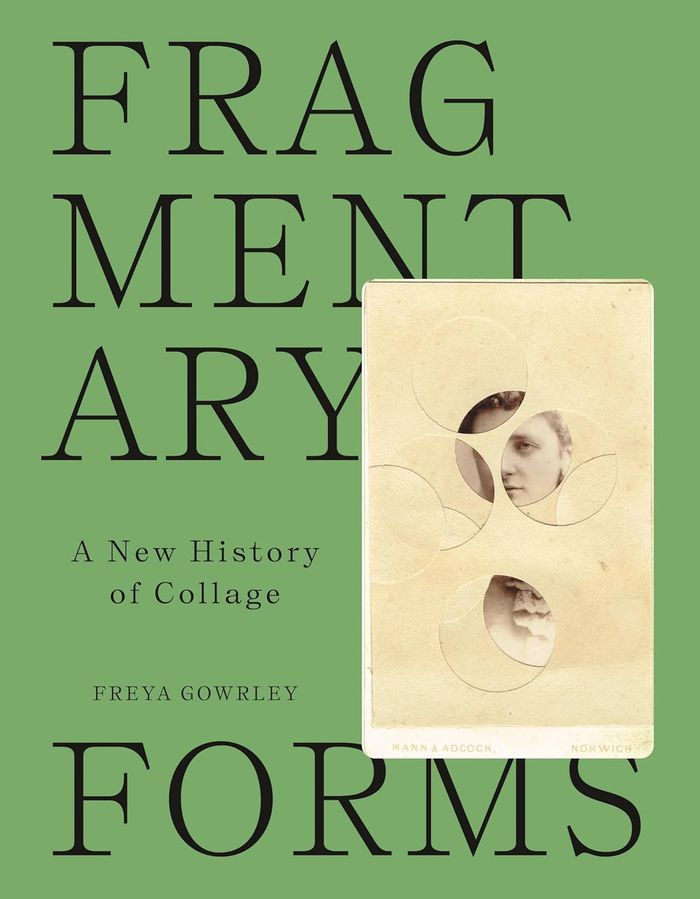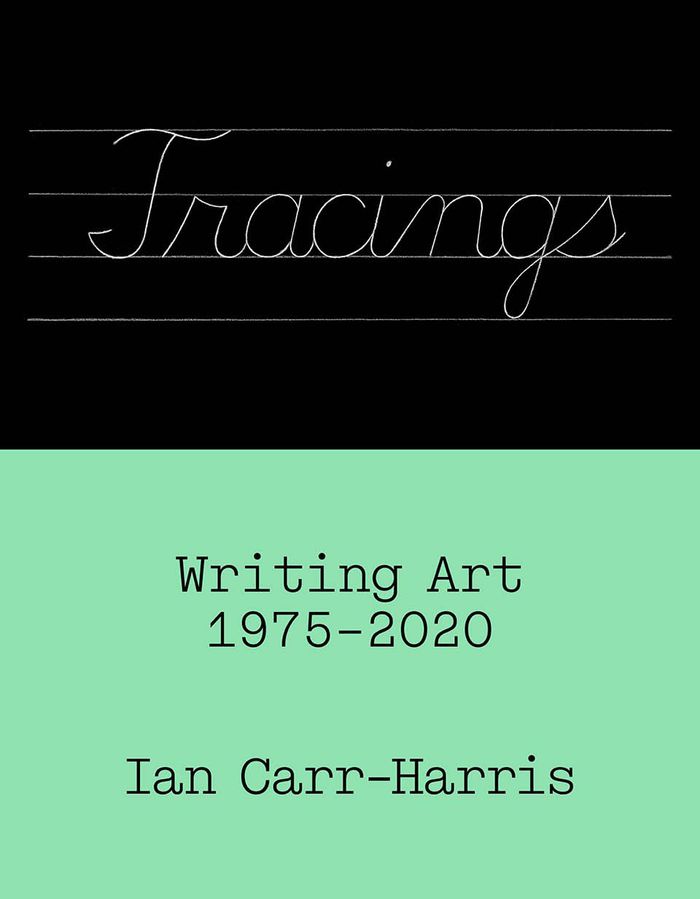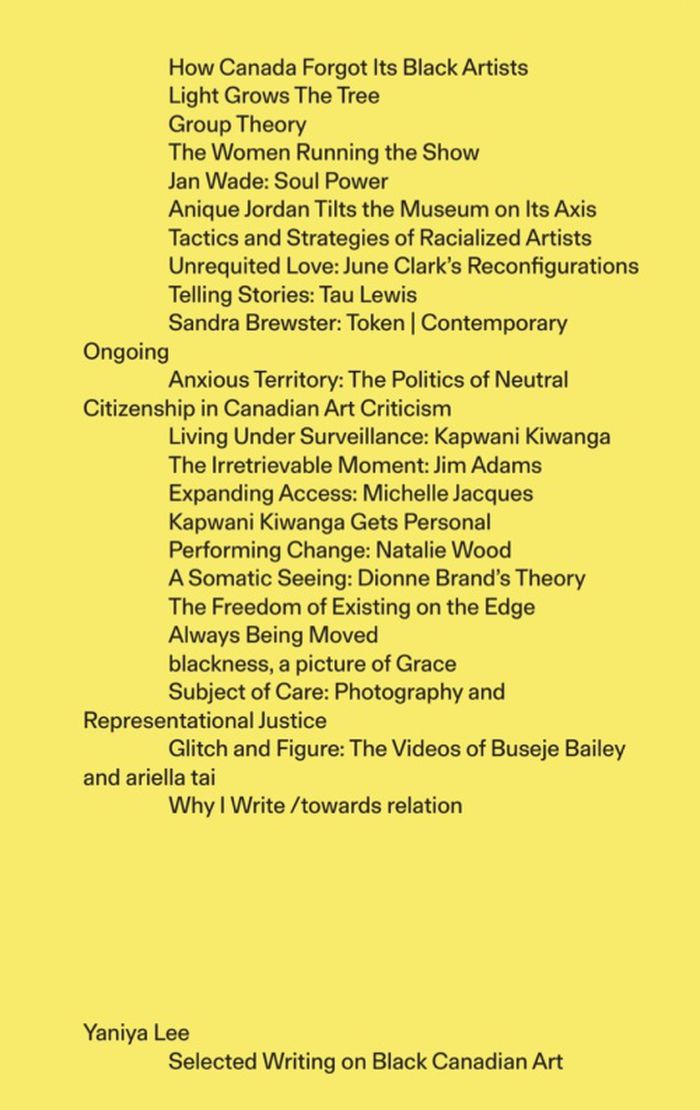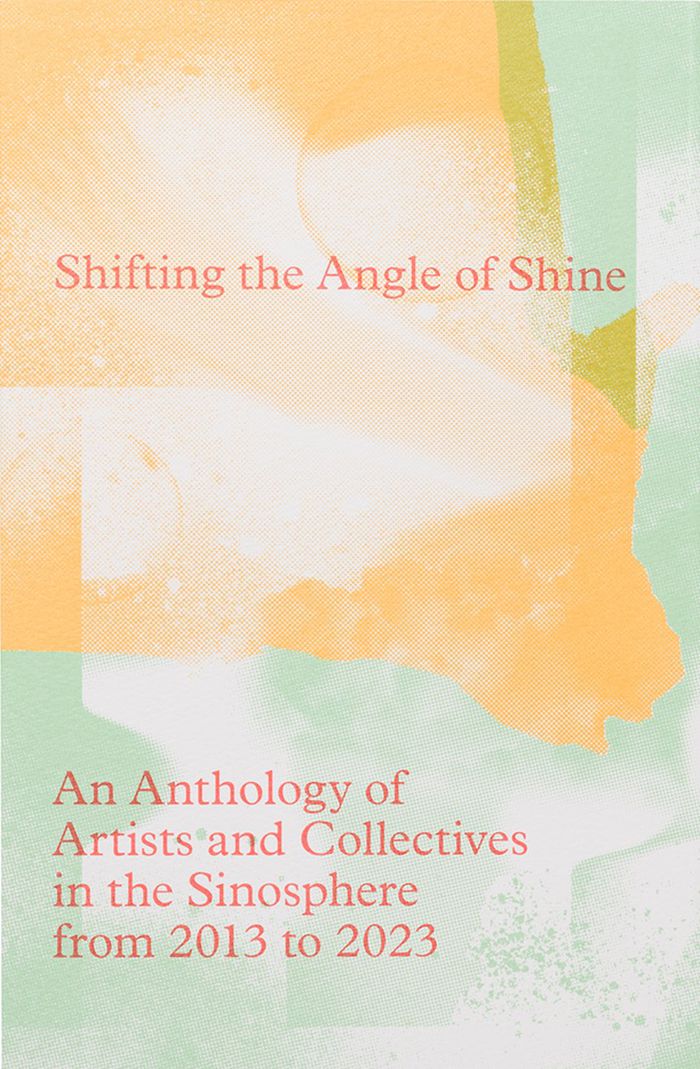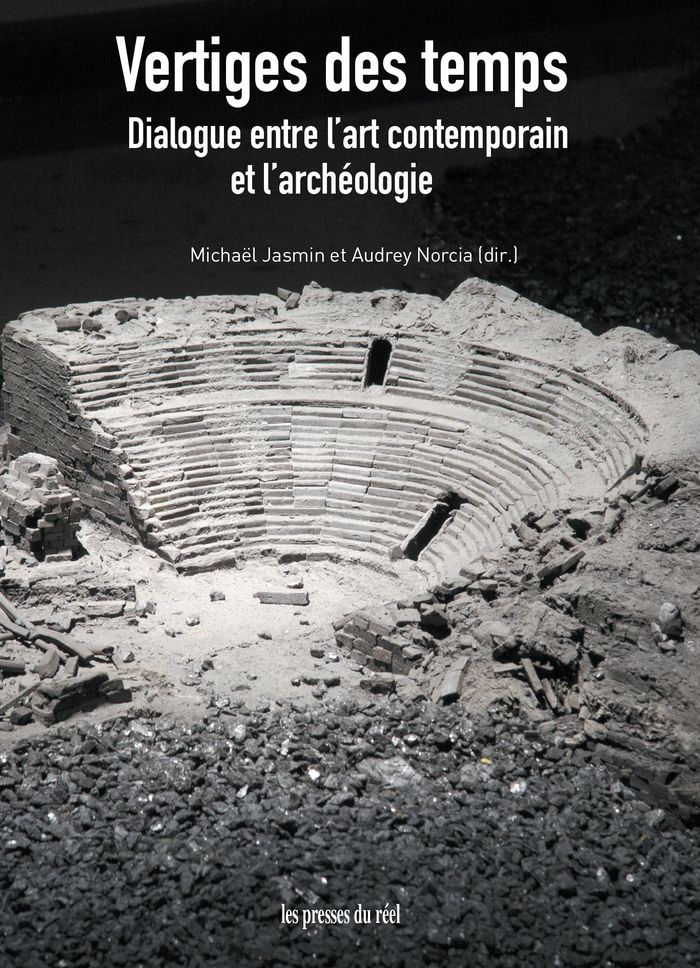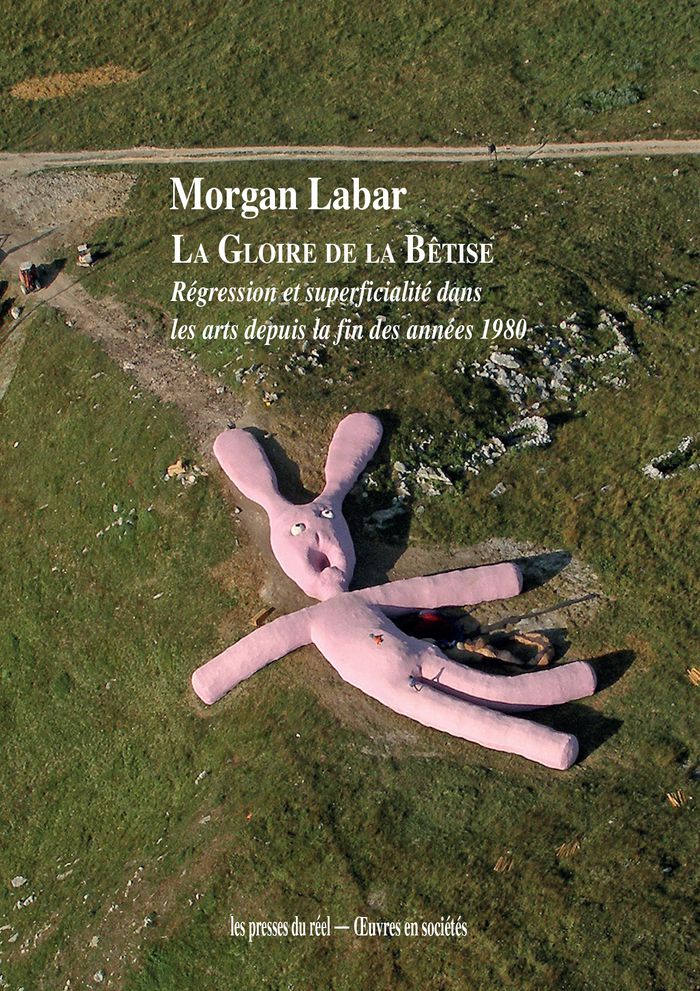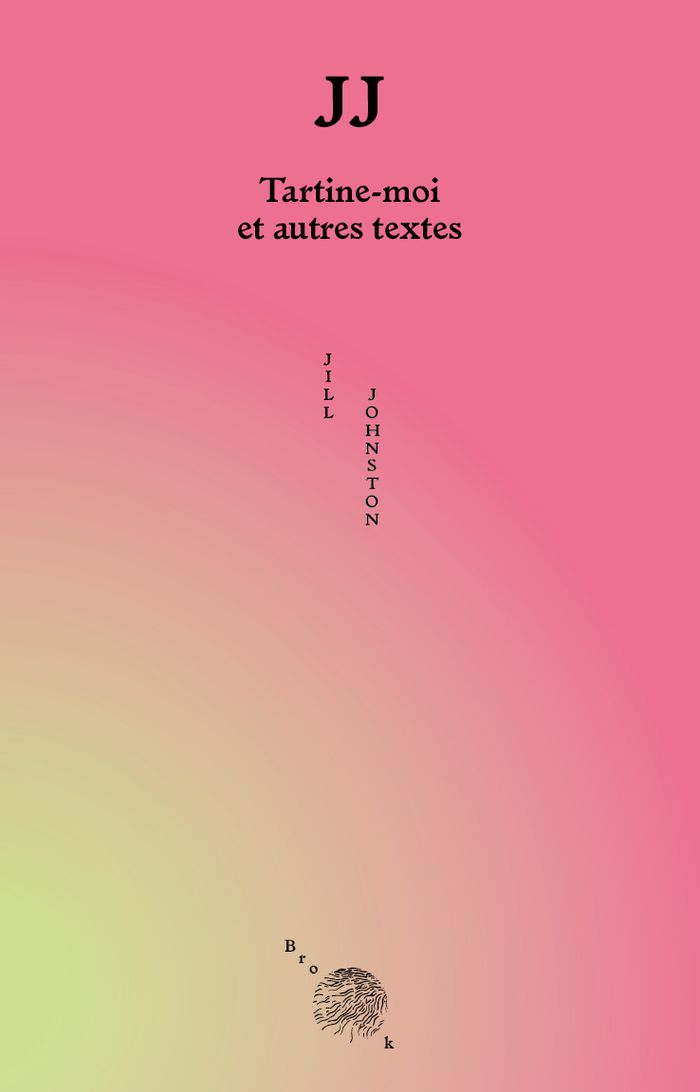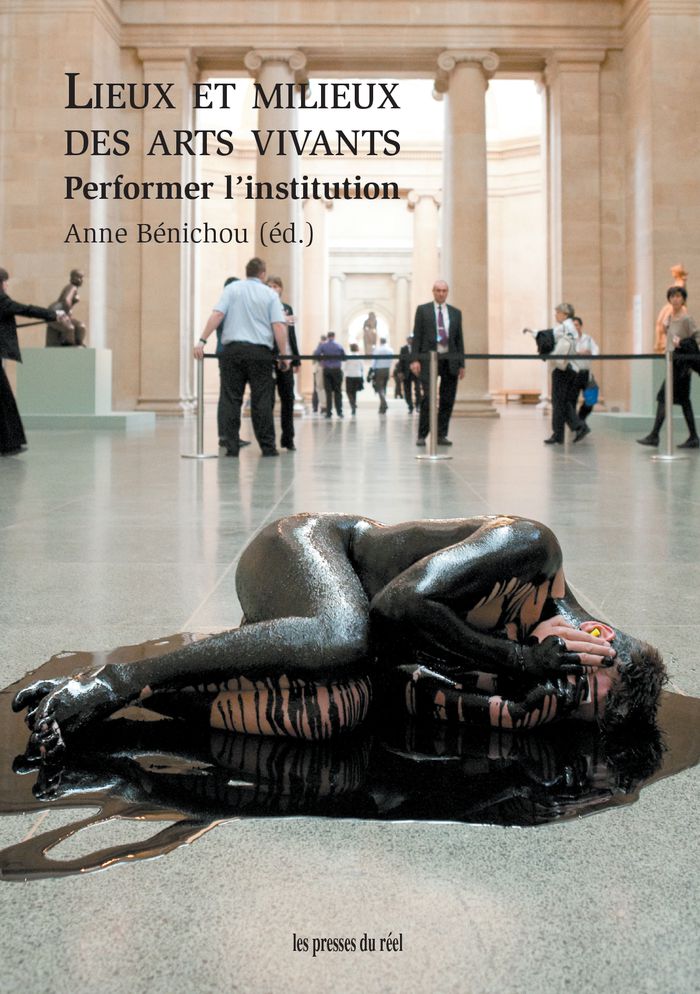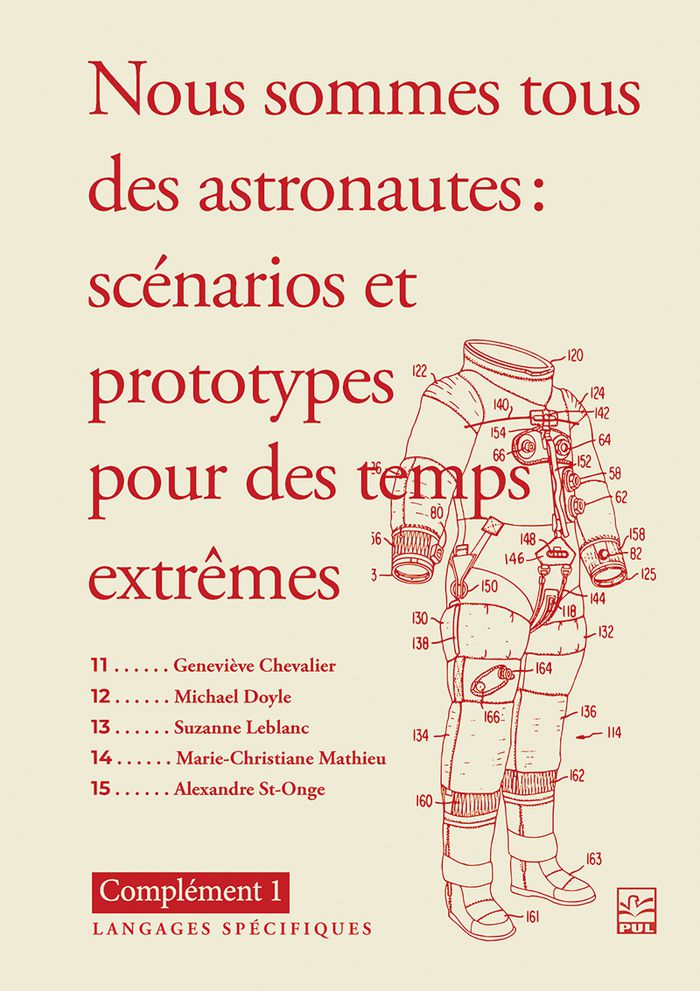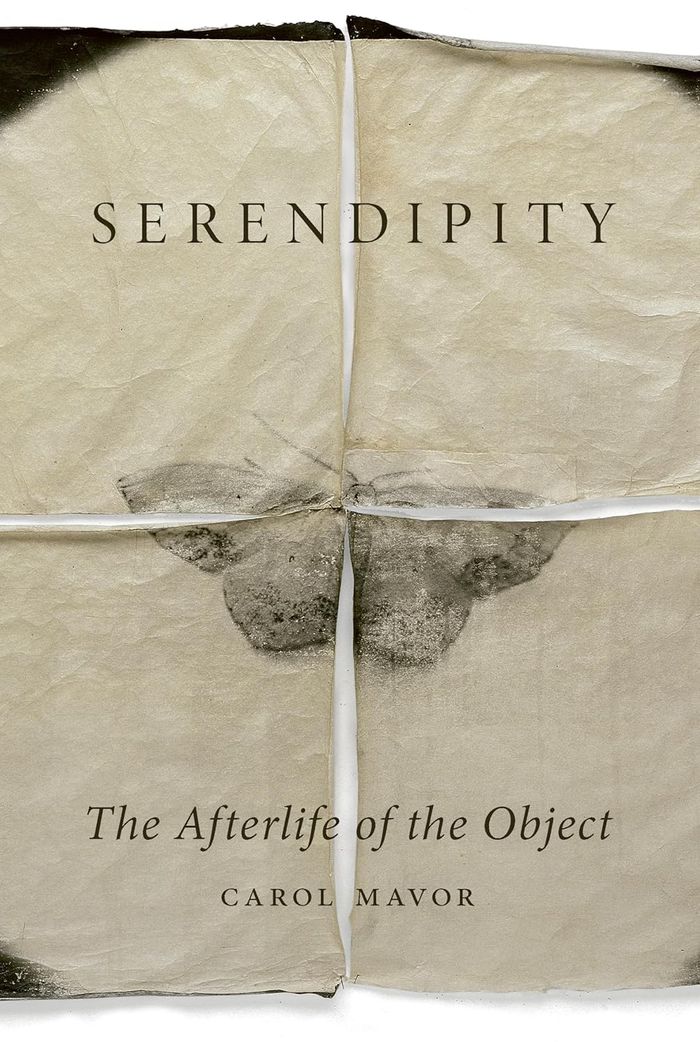$86.00
(available in store)
Summary:
While the emergence of collage is frequently placed in the twentieth century when it was a favored medium of modern artists, its earliest beginnings are tied to the invention of paper in China around 200 BCE. Subsequent forms occurred in twelfth-century Japan with illuminated manuscripts that combined calligraphic poetry with torn colored papers. In early modern Europe,(...)
Fragmentary forms: A new history of collage
Actions:
Price:
$86.00
(available in store)
Summary:
While the emergence of collage is frequently placed in the twentieth century when it was a favored medium of modern artists, its earliest beginnings are tied to the invention of paper in China around 200 BCE. Subsequent forms occurred in twelfth-century Japan with illuminated manuscripts that combined calligraphic poetry with torn colored papers. In early modern Europe, collage was used to document and organize herbaria, plant specimens, and other systems of knowledge. In the eighteenth and nineteenth centuries, collage became firmly associated with the expression of intimate relations and familial affections. Fragmentary Forms offers a new, global perspective on one of the world’s oldest and most enduring means of cultural expression, tracing the rich history of collage from its ancient origins to its uses today as a powerful tool for storytelling and explorations of identity.
Art Theory
$69.95
(available to order)
Summary:
An artist, curator, critic, and teacher, Ian Carr-Harris has been a central figure in Toronto’s art scene since the 1970s. By collecting his impressive output of essays, critical experiments, and reviews into a single volume, Tracings documents the growth of conceptual art and postmodernism in Canadian art, as well as the expansion of mediums and spaces, while providing(...)
Tracings: Writing art, 1975-2020
Actions:
Price:
$69.95
(available to order)
Summary:
An artist, curator, critic, and teacher, Ian Carr-Harris has been a central figure in Toronto’s art scene since the 1970s. By collecting his impressive output of essays, critical experiments, and reviews into a single volume, Tracings documents the growth of conceptual art and postmodernism in Canadian art, as well as the expansion of mediums and spaces, while providing insights into methods of representation and the role of criticism in contemporary art. In clear and intelligent prose, Carr-Harris offers detailed studies of individual artists and exhibitions as well as theoretically informed reflections on broader cultural concerns. Whether writing about the complexities involved in the construction and transmission of knowledge, meaning, and historical narrative; discussing the material matters of government cultural funding, patronage, and artist-run centres; or describing his own process and artworks, these pieces reveal a literary love of language and a nuanced and investigative mind at work. Throughout his writing, he considers themes of identity, cultural nationalism, postcolonialism, institutionalism, the act of viewing, and relations of power. An introduction by Dan Adler situates Carr-Harris’s work within the context of his contemporaries, collaborators, and cultural environment, pointing out the mutually reinforcing qualities and relationships between his art and his writing. Covering decades of critical thought and engagement, "Tracings" confirms why Ian Carr-Harris has indelibly written himself into Canadian art.
Art Theory
$25.00
(available in store)
Summary:
This collection of essays, reviews, and artist interviews by Yaniya Lee, mostly published between 2017 and 2021, gathers the testimonies and achievements of African diasporic artists and curators from across Canada and beyond.
Selected Writing on Black Canadian Art
Actions:
Price:
$25.00
(available in store)
Summary:
This collection of essays, reviews, and artist interviews by Yaniya Lee, mostly published between 2017 and 2021, gathers the testimonies and achievements of African diasporic artists and curators from across Canada and beyond.
Art Theory
$32.00
(available to order)
Summary:
This inaugural publication spans a decade of resilient artists and collectives in, around, and about China and the greater Sinosphere. Composed of essays, images, conversations, and projects, "Shifting the angle of shine" documents innovative tactics of artists and collectives as they weave relationships of mutuality and solidarity to thrive through the cracks. "Shifting(...)
Shifting the angle of shine: an anthology of artists and collectives in the Sinosphere
Actions:
Price:
$32.00
(available to order)
Summary:
This inaugural publication spans a decade of resilient artists and collectives in, around, and about China and the greater Sinosphere. Composed of essays, images, conversations, and projects, "Shifting the angle of shine" documents innovative tactics of artists and collectives as they weave relationships of mutuality and solidarity to thrive through the cracks. "Shifting the angle of shine" explores how artists experiment with practices ranging from idiosyncratic business models to counterfeit and mimicry as tools for cultural change, from DIY collectives searching for stability to artists developing new ways to dance around the restrictive pressures of a capitalistic mainstream, and much more. In bringing these artists together to speak and lay compiled in this book, we ask ourselves: what kind of spaces are necessary to incubate productive conversations in an art world prone to creating destabilizing conditions?
Art Theory
$59.95
(available in store)
Summary:
Cette publication collective examine les points de rencontre multiformes qui existent dans l'histoire de l'art du XXe siècle entre les artistes et l'archéologie mais aussi entre les archéologues et l'art contemporain. Elle rassemble des textes scientifiques mais aussi des entretiens menés auprès d'artistes et de chercheurs des deux disciplines.
Vestiges des temps : Dialogue entre l'art contemporain et l'archéologie
Actions:
Price:
$59.95
(available in store)
Summary:
Cette publication collective examine les points de rencontre multiformes qui existent dans l'histoire de l'art du XXe siècle entre les artistes et l'archéologie mais aussi entre les archéologues et l'art contemporain. Elle rassemble des textes scientifiques mais aussi des entretiens menés auprès d'artistes et de chercheurs des deux disciplines.
Art Theory
La gloire de la bêtise : Régression et superficialités dans les arts depuis la fin des années 1980
$48.95
(available to order)
Summary:
Une histoire de la bêtise (délibérée et parfois même revendiquée) dans les arts : dans une approche ancrée à la fois dans l'histoire culturelle et la théorie esthétique, prenant en compte les paramètres que sont les modalités d'exposition, l'industrie du divertissement et le rôle des collectionneurs, cet essai tente de comprendre comment un phénomène à l'origine excentré,(...)
La gloire de la bêtise : Régression et superficialités dans les arts depuis la fin des années 1980
Actions:
Price:
$48.95
(available to order)
Summary:
Une histoire de la bêtise (délibérée et parfois même revendiquée) dans les arts : dans une approche ancrée à la fois dans l'histoire culturelle et la théorie esthétique, prenant en compte les paramètres que sont les modalités d'exposition, l'industrie du divertissement et le rôle des collectionneurs, cet essai tente de comprendre comment un phénomène à l'origine excentré, marginal et parfois contestataire, est devenu une donnée centrale de la production artistique contemporaine.
Art Theory
$33.95
(available in store)
Summary:
Sillonnant la danse et la joie militante lesbienne, la critique d'art, l'amour et l'amitié, JJ réunit des articles de l'écrivaine et critique d'art et de danse américaine Jill Johnston, figure du féminisme radical des années 1970, pour la première fois traduits en français, ainsi que des textes, poèmes ou dessins de Pauline L. Boulba, Aminata Labor, Nina Kennel et Rosanna Puyol.
JJ : Tartine-moi et autres textes
Actions:
Price:
$33.95
(available in store)
Summary:
Sillonnant la danse et la joie militante lesbienne, la critique d'art, l'amour et l'amitié, JJ réunit des articles de l'écrivaine et critique d'art et de danse américaine Jill Johnston, figure du féminisme radical des années 1970, pour la première fois traduits en français, ainsi que des textes, poèmes ou dessins de Pauline L. Boulba, Aminata Labor, Nina Kennel et Rosanna Puyol.
Art Theory
$53.00
(available to order)
Summary:
Une approche polyphonique de l'émergence, depuis les années 2000, de nouvelles formes institutionnelles vouées aux pratiques artistiques performatives. Alors que les arts vivants intègrent les institutions muséales selon un phénomène que plusieurs qualifient de « tournant performatif » des musées, on voit émerger depuis le début du millénaire de nouvelles organisations(...)
Lieux et milieux des arts vivants : Performer l'institution
Actions:
Price:
$53.00
(available to order)
Summary:
Une approche polyphonique de l'émergence, depuis les années 2000, de nouvelles formes institutionnelles vouées aux pratiques artistiques performatives. Alors que les arts vivants intègrent les institutions muséales selon un phénomène que plusieurs qualifient de « tournant performatif » des musées, on voit émerger depuis le début du millénaire de nouvelles organisations vouées aux pratiques artistiques performatives. Imaginées par des artistes, des universitaires, des activistes, des commissaires indépendants ou des membres professionnels de musées, ces structures présentent des formes, des niv eaux de développement, des mandats et des modalités de fonctionnement très variés.
Art Theory
$25.00
(available in store)
Summary:
Le 11 novembre 2022, nous, cinq chercheurs, artistes, architecte, philosophe, professeurs à l’Université Laval, nous sommes rencontrés pour discuter des formes de langages servant à exprimer au mieux les concepts et les propositions que nous développons dans le champ de nos « micro-disciplines ». Comment chacune des personnes présentes à cette journée entrevoyait-elle les(...)
COLLECTIF
Marie-Christine Mathieu
Suzanne Leblanc
Alexandre St-Onge
Geneviève Chevalier
Michael Doyle
Art Theory
August 2024
Nous sommes tous des astronautes : scénarios et prototypes pour des temps extrêmes
Actions:
Price:
$25.00
(available in store)
Summary:
Le 11 novembre 2022, nous, cinq chercheurs, artistes, architecte, philosophe, professeurs à l’Université Laval, nous sommes rencontrés pour discuter des formes de langages servant à exprimer au mieux les concepts et les propositions que nous développons dans le champ de nos « micro-disciplines ». Comment chacune des personnes présentes à cette journée entrevoyait-elle les particularités et la complexité des idées dans l’élaboration d’un lexique spécifique propre à sa pratique et quelle forme adoptait-elle pour exprimer et théoriser sa recherche dans le contexte universitaire? Complément 1 présente les cinq textes produits à la suite de cette rencontre. Chaque forme d’écriture est singulière, elle est propre à chacune des pratiques.
Art Theory
$62.00
(available to order)
Summary:
Carol Mavor’s first "happy accident" occurred in 1980 when visiting New York’s Serendipity 3, a dessert café favored by Andy Warhol. Mavor’s memory of eating a frozen hot chocolate became food for thought, nurturing accidental discoveries about art and literature. This book’s happy, yet dark, accidents include Anne Frank’s journal, discovered in the Secret Annex after the(...)
Serendipity: The afterlife of the object
Actions:
Price:
$62.00
(available to order)
Summary:
Carol Mavor’s first "happy accident" occurred in 1980 when visiting New York’s Serendipity 3, a dessert café favored by Andy Warhol. Mavor’s memory of eating a frozen hot chocolate became food for thought, nurturing accidental discoveries about art and literature. This book’s happy, yet dark, accidents include Anne Frank’s journal, discovered in the Secret Annex after the Second World War; Emily Dickinson’s poems, scribbled on salvaged envelopes, hidden in a drawer; and "Lolita", rescued from incineration by Nabokov’s wife Véra. Mavor’s writing is dependent on serendipity’s layers of happenstance, rousing feelings of something that she did not exactly know she was looking for until she found it. All history is about loss, and in the case of this book, much of it is tragic—but "Serendipity" also offers the happiness that can be found in unexpected discoveries.
Art Theory
